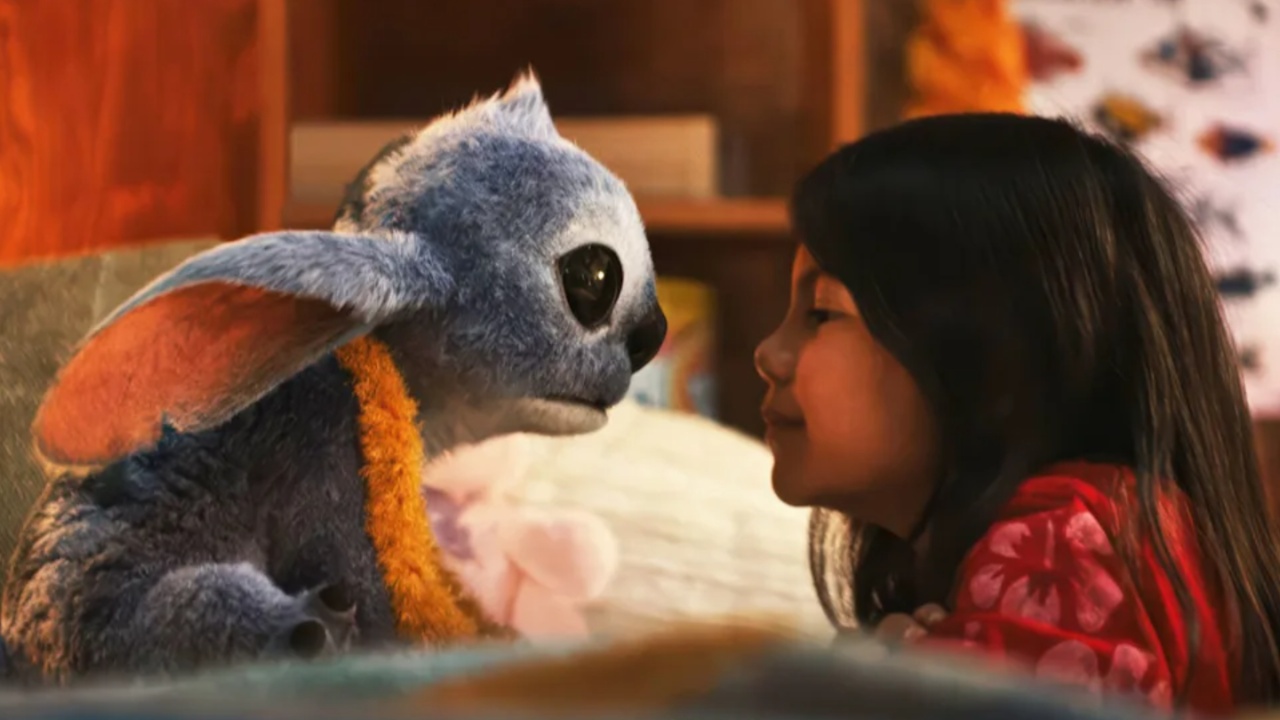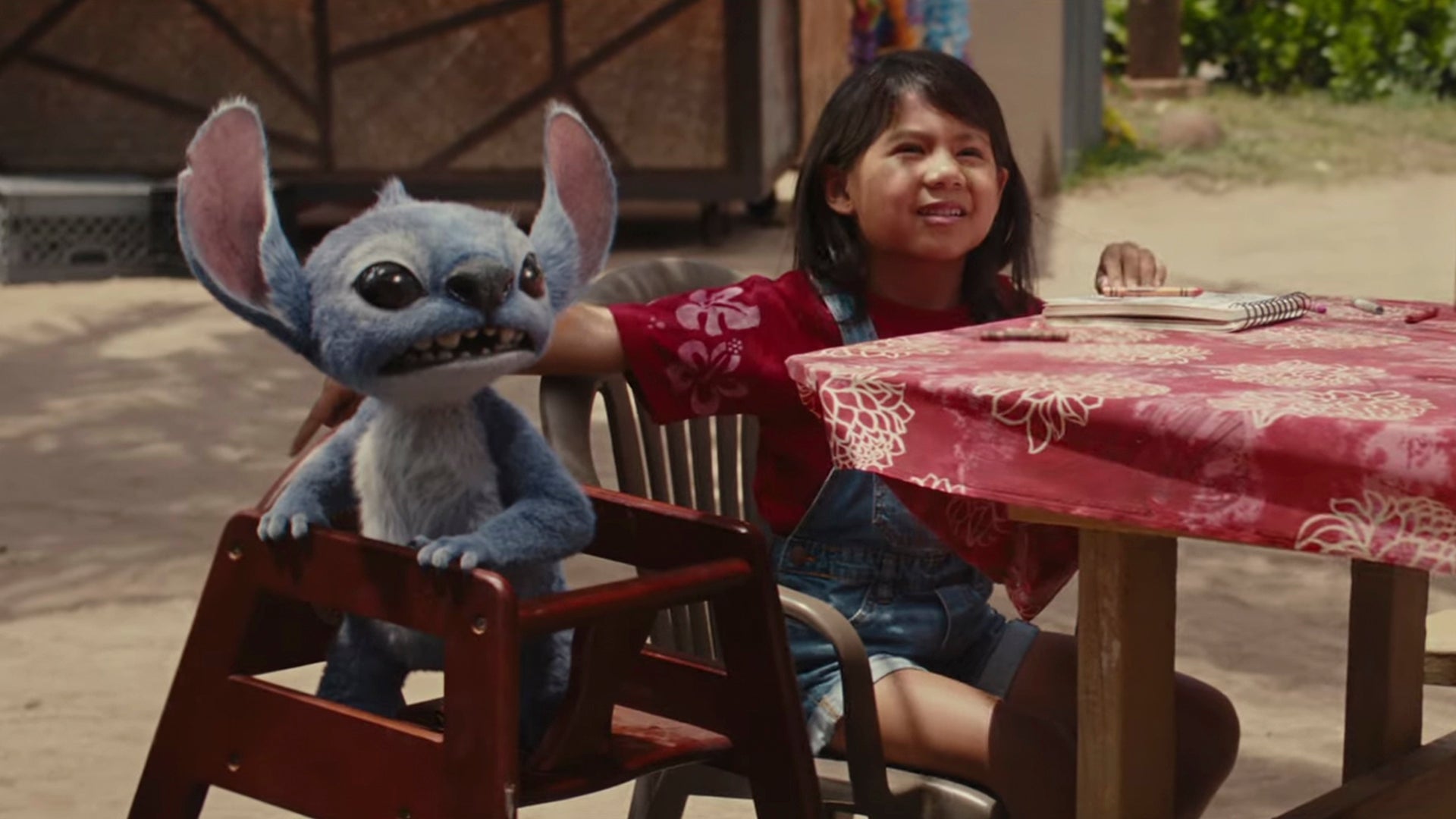The 2025 live-action adaptation of Lilo & Stitch revisits the beloved 2002 animated film while introducing new elements that deepen the story’s moral and emotional impact. The film follows Lilo, a young Hawaiian girl, and Stitch, the alien she adopts as her “dog,” as they navigate challenges from social services and alien forces seeking to capture Stitch. While staying true to the original characters and story, the remake adds significant tweaks that reshape the narrative and hint at potential sequels.
Live-Action Version Highlights Nani’s Struggles And Jumba’s Villainy, Redefining Family Bonds
Unlike the original, the live-action version explores the challenges Nani faces as Lilo’s guardian, including sacrificing a college scholarship to stay with her sister. Although Lilo and Nani are temporarily separated, they remain closely connected with the help of new characters like Tūtū, a neighbor who becomes Lilo’s foster guardian. The film emphasizes that family bonds persist even when circumstances force physical distance, reinforcing a modern, grounded approach to familial love and responsibility.

One of the most notable changes is Jumba’s role. In contrast to the original, where Jumba redeems himself, the live-action version positions him as the primary antagonist. This change eliminates the need for Gantu as a second villain and highlights the emotional connections between Stitch and his family as central to the story. By making Jumba more vindictive, the film underscores that the essence of family lies in love and emotional attachment rather than material or superficial factors.
Live-Action Ending Expands Family Themes While Highlighting Growth, Independence, And Future Story Possibilities
While the film’s ending mirrors the original structurally, it introduces new elements that provide a more grounded resolution. Tūtū’s foster care for Lilo and Nani’s pursuit of college ambitions demonstrates that self-care and family care can coexist. Additional characters like Pleakley and Agent Bubbles further expand the “found family” theme, reinforcing that support networks extend beyond blood relations and can enhance the central moral of love and belonging.
By keeping Jumba as a villain, the live-action remake sets up the possibility of future installments. The film hints at Jumba continuing experiments to create aliens incapable of emotional bonds, leaving a clear path for a sequel. This approach could incorporate other experiments from the original franchise and expand the universe while retaining core themes, offering both narrative continuity and new storytelling opportunities.
At its heart, the live-action Lilo & Stitch retains the original film’s focus on family, love, and redemption. However, it broadens the definition of “ohana” to include personal growth, self-care, and unconventional family structures. Nani’s ambitions and responsibilities highlight that independence does not diminish familial bonds, while Lilo’s relationships reinforce the enduring value of emotional connection. The remake enhances the emotional core of the story, giving audiences a fresh and compelling take on this timeless tale.



